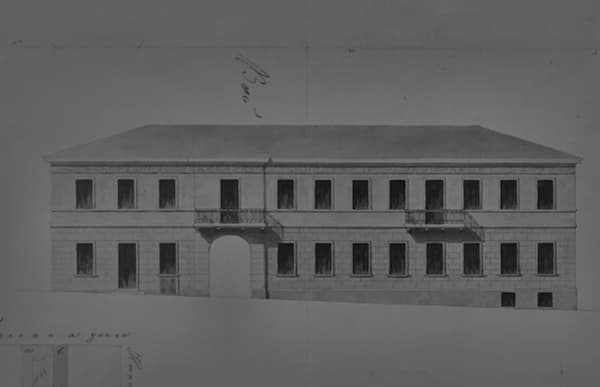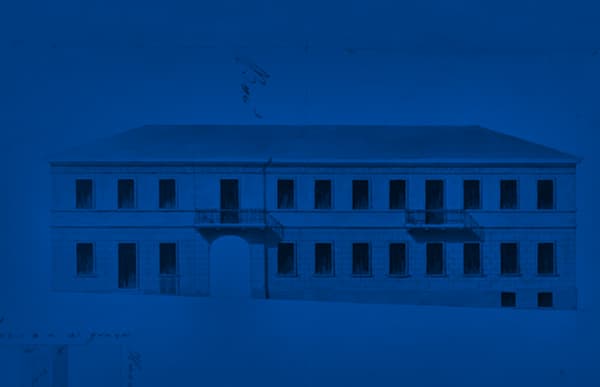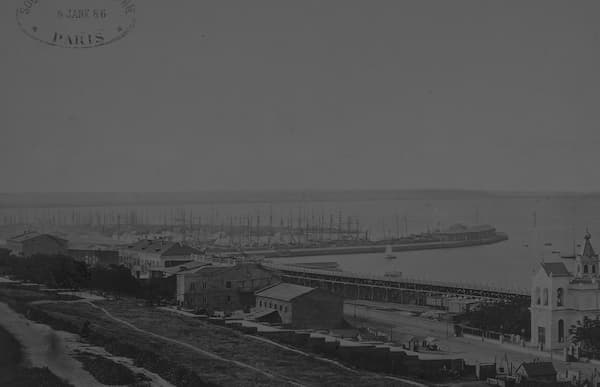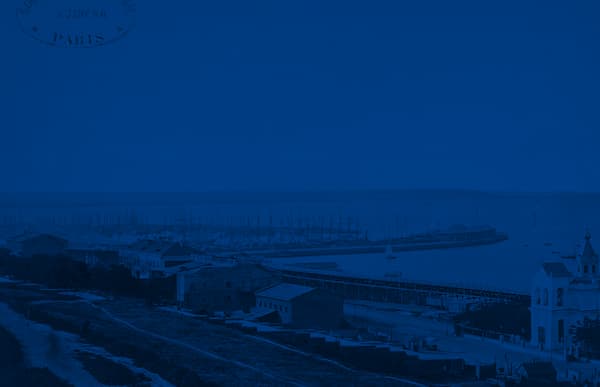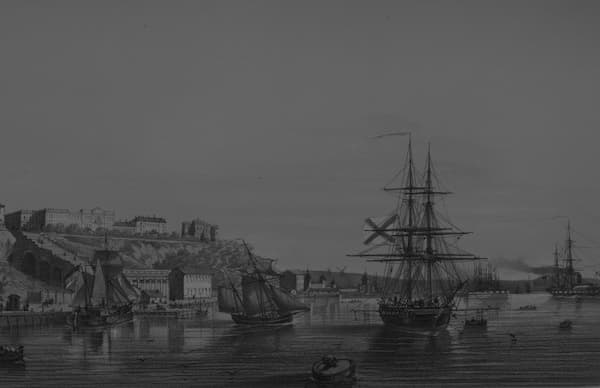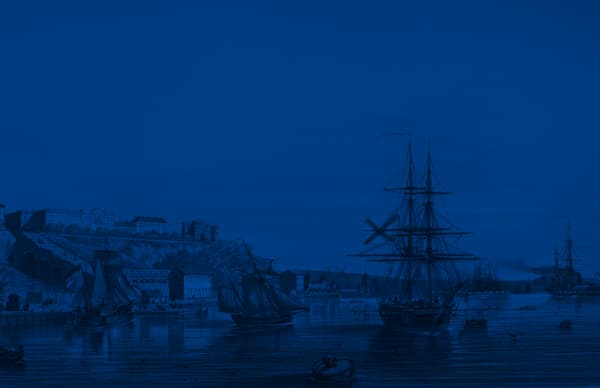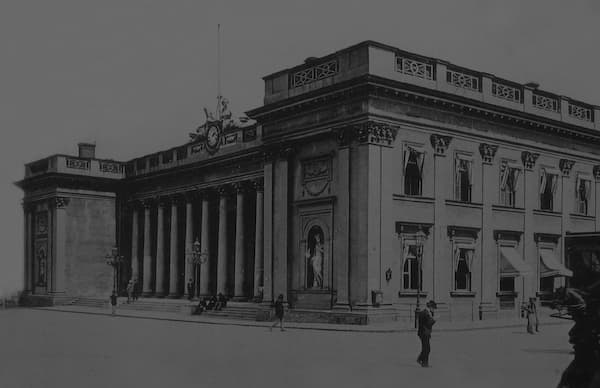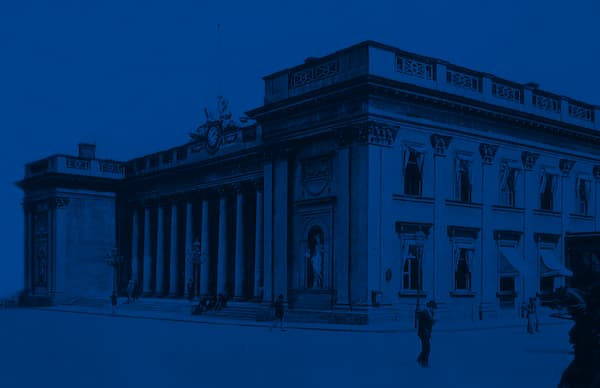Vittore Pelli (1798-1874)
The son of Cipriano Pelli from Aranno and Orsola Maddalena Ruggia from Morcote, in 1832 Vittore Pelli married Orsola Avanzini from Curio (1812-1890) by whom he had their son Antonio. “He studied at the school of the Padri Somaschi in Lugano, then at the Collegio dei Serviti in Mendrisio. From his father he learnt drawing and perfected his knowledge at the Accademia di Belle Arti in Venice, a pupil of Giuseppe Borsato (1770-1849). After his studies he stayed in Venice for some time where he worked as a set designer” (Devincenti, Navone 1994, p. 43). In January 1824, he was hired, with a three-year contract, as a set designer for the Odessa Theatre, where he lived and worked until 1831, when he returned to Venice urged by his uncle Antonio Ruggia. Unfortunately, there is little evidence of his stay on the shores of the Black Sea preserved in the family archive: evidence that can be summarised in the brief description of the city contained in his travel diary, published in full in Memorie 1932, and two drawings of the set design for Gioachino Rossini’s Semiramide, dated 15 and 16 July 1829, thus for the second Odessa performance of the opera (Nicolò 2018/2019, p. 199). The opera had already opened the theatre season on 31 August 1826 (Gregorian calendar date), after the transformation of the interior decorations by Luigi Guidi and Pelli himself (Cenni storici 1827, p. 63; the transformation had been made possible by the temporary closure of the theatre following the death of Alexander I; cf. Memorie 1932). Returned to Venice, he worked as a set designer and vedutista, until 1845, when he went back to Aranno, his home village, then moving to Pura, where he established his residence from 1869.
Bibliographical sources
_ Cenni storici intorno alle lettere invenzioni arti commercio e spettacoli teatrali per l’anno 1826 al 1827, t. VI, Bologna [1827].
_ Memorie di me Vittore Pelli d’Aranno, “Bollettino Storico della Svizzera Italiana”, series III, y. VII, 1932, n. 3, pp. 89-112.
_ C. Palumbo-Fossati, Aranno ed alcuni episodi della sua emigrazione artistica, “Almanacco Malcantonese e bassa Valle del Vedeggio”, 1973, pp. 117-133.
_ G. Devincenti, N. Navone, Gli uomini. Schede biografiche degli emigranti malcantonesi in Russia, in B. Croci-Maspoli, G. Zappa (eds.), Le maestranze artistiche malcantonesi in Russia dal XVII al XX secolo, Firenze 1994, pp. 43-45.
_ V. Vergerio-Guerra, Due generazioni di artisti malcantonesi nella Venezia di fine Settecento. Cipriano Pelli, 1750-1822, Vittore Pelli, 1798-1874, catalogue of the exhibition (Lugano, Museo Cantonale d’Arte, 23 October-22 November 1998), Lugano 1998.
_ M.I. Biggi, Vettor Pelli di Aranno. Pittore di scenografie a Venezia, in Giorgio Mollisi (ed.), Svizzeri a Venezia nella storia nell’arte nella cultura nell’economia dalla metà del Quattrocento ad oggi, “Arte & Storia”, y. VIII, n. 40, September-October 2008, pp. 442-447.
_ E. Pelli, G.G. Carbonetti, Vittore Pelli (Aranno 1750-1822), ivi, pp. 450-451.
_ E. Pelli, L’emigrazione artistica della famiglia Pelli di Aranno: dal XVII al XIX secolo, Lugano 2018.
_ C. Nicolò, Percorsi nella storia di Semiramide: dal primo allestimento alla Rossini-Renaissance, PhD thesis in Scienze del testo letterario e musicale (Sciences of the literary and musical text), Università degli Studi di Pavia, XXXI ciclo, a.a. 2018/2019.
Autore: Nicola Navone
Versione del: 03.07.2022
